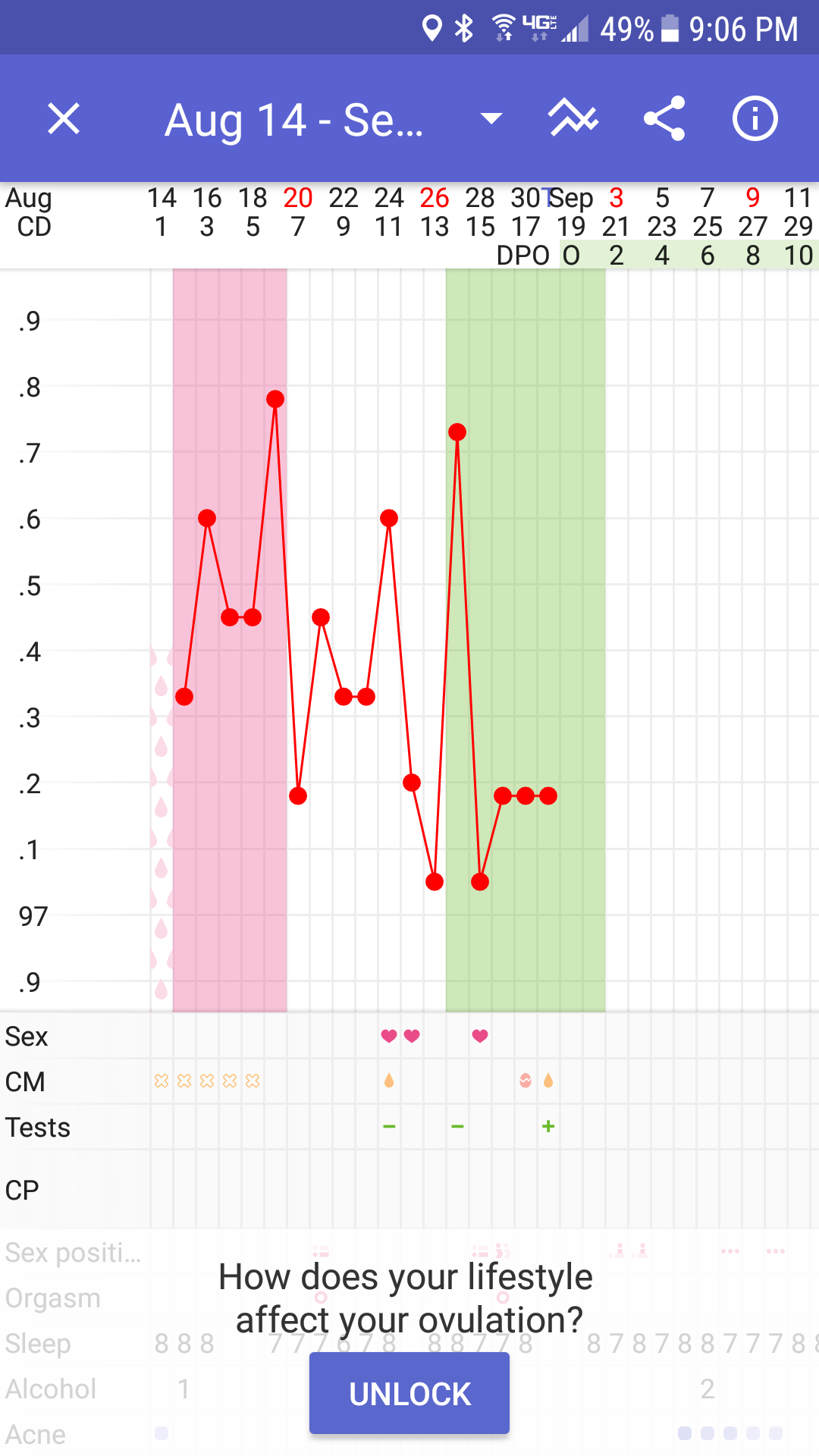Understanding basal body temperature (BBT) is crucial for individuals trying to conceive, as it provides valuable insights into the menstrual cycle and fertility. BBT refers to the temperature of the body at rest, typically measured immediately after waking up and before getting out of bed. This temperature reading can help identify the different phases of the menstrual cycle, including ovulation, which is essential for conception.
One of the primary reasons BBT is significant is its ability to indicate when ovulation occurs. During the follicular phase, which starts on the first day of menstruation and ends with ovulation, the BBT is usually lower, around 97.2 to 97.7 degrees Fahrenheit. After ovulation, during the luteal phase, the BBT increases by about 0.4 to 1 degree Fahrenheit due to the production of progesterone. This temperature shift is a strong indicator that ovulation has taken place.
Measuring BBT
Measuring BBT requires a basal body thermometer, which is more sensitive than a regular thermometer and can detect even slight changes in temperature. The measurement should be taken at the same time every day, preferably after at least 4-6 hours of uninterrupted sleep, and before any physical activity or getting out of bed. Consistency is key when tracking BBT, as variations in sleep patterns, time of measurement, or environmental factors can affect the readings.
Interpreting BBT Charts
BBT charts are used to record and visualize the daily temperature readings throughout the menstrual cycle. By analyzing these charts, individuals can identify patterns and determine when ovulation is likely to occur. A typical BBT chart will show lower temperatures during the follicular phase, followed by a noticeable increase after ovulation. Some women may also experience a slight dip in temperature just before ovulation, known as an “ovulatory dip.”
Factors Affecting BBT
Several factors can influence BBT readings, making it essential to consider these when interpreting the results. Alcohol consumption, certain medications, sleep disorders, and traveling across different time zones can all affect basal body temperature. Additionally, the quality of sleep and the time the measurement is taken can also impact the readings. Therefore, it’s crucial to maintain a consistent routine and be aware of any factors that might influence the BBT.
Using BBT for Fertility
For individuals trying to conceive, understanding and tracking BBT can be a valuable tool. By identifying the window of ovulation, couples can time intercourse to coincide with the release of the egg, thereby increasing the chances of conception. However, it’s essential to remember that BBT is not a foolproof method of determining fertility and should be used in conjunction with other fertility awareness methods, such as tracking cervical mucus and ovulation predictor kits.
Modern Alternatives and Technologies
With advancements in technology, there are now digital basalmost thermometers and fertility trackers that can simplify the process of measuring and interpreting BBT. These devices can automatically record temperatures, provide real-time fertility predictions, and offer insights into the menstrual cycle. Some wearable devices and mobile apps also incorporate basal body temperature tracking, along with other health and fertility metrics, to provide a more comprehensive view of reproductive health.
BBT and Menstrual Cycle Variations
It’s worth noting that not all women experience a clear temperature shift after ovulation, and some may have irregular menstrual cycles, making it challenging to interpret BBT charts. Factors such as polycystic ovary syndrome (PCOS), thyroid disorders, and certain medications can affect the regularity of the menstrual cycle and the accuracy of BBT readings. In such cases, consulting a healthcare provider can provide more personalized advice on using BBT for fertility planning.
Conclusion
Basal body temperature is a simple yet effective tool for understanding the menstrual cycle and identifying the window of ovulation. By consistently tracking BBT and considering the factors that can influence the readings, individuals can gain valuable insights into their fertility. While BBT should not be relied upon as the sole method of fertility planning, it can be a useful component of a broader fertility awareness strategy, especially when combined with modern technologies and healthcare guidance.
What is the normal range for basal body temperature?
+Normal basal body temperature ranges from about 97.2 to 97.7 degrees Fahrenheit before ovulation. After ovulation, it typically increases by about 0.4 to 1 degree Fahrenheit.
How often should I measure my basal body temperature?
+Measure your basal body temperature every morning, immediately after waking up and before getting out of bed, to get an accurate reading.
Can basal body temperature be affected by external factors?
+Yes, basal body temperature can be influenced by several external factors including alcohol consumption, certain medications, sleep patterns, and travel across different time zones.
How accurate is basal body temperature for determining ovulation?
+While basal body temperature can provide indications of ovulation, it is not 100% accurate. It should be used in combination with other fertility awareness methods for more reliable results.
In the realm of fertility and reproductive health, understanding basal body temperature offers a unique window into the body’s natural cycles. By harnessing this knowledge, individuals can make more informed decisions about their reproductive health, leveraging both traditional methods and modern technologies to achieve their fertility goals. Whether trying to conceive or simply seeking a deeper understanding of the menstrual cycle, the insights provided by basal body temperature tracking can be a powerful tool in the pursuit of reproductive wellness.



